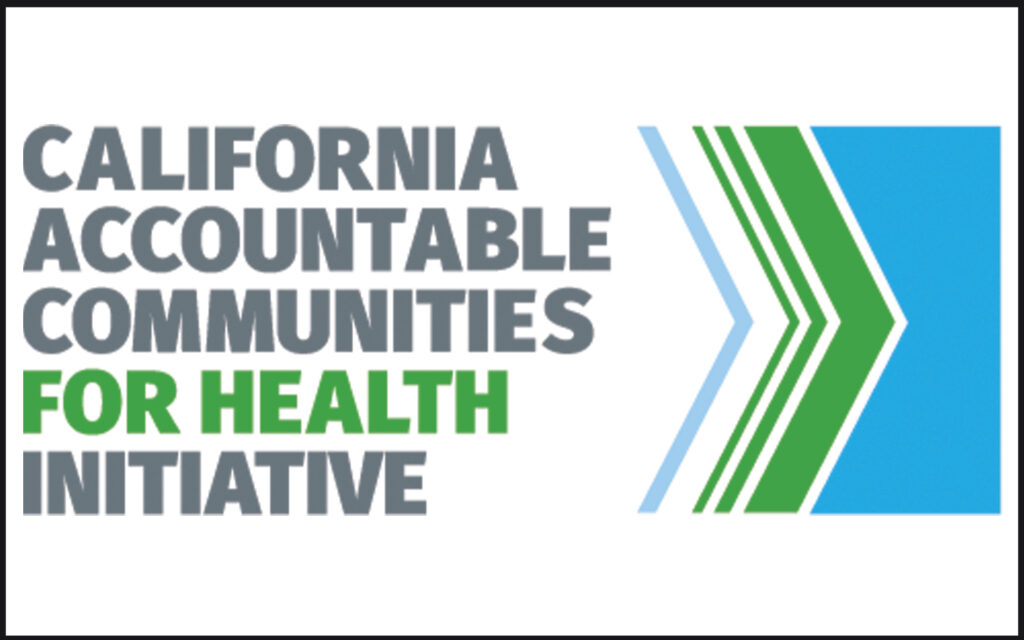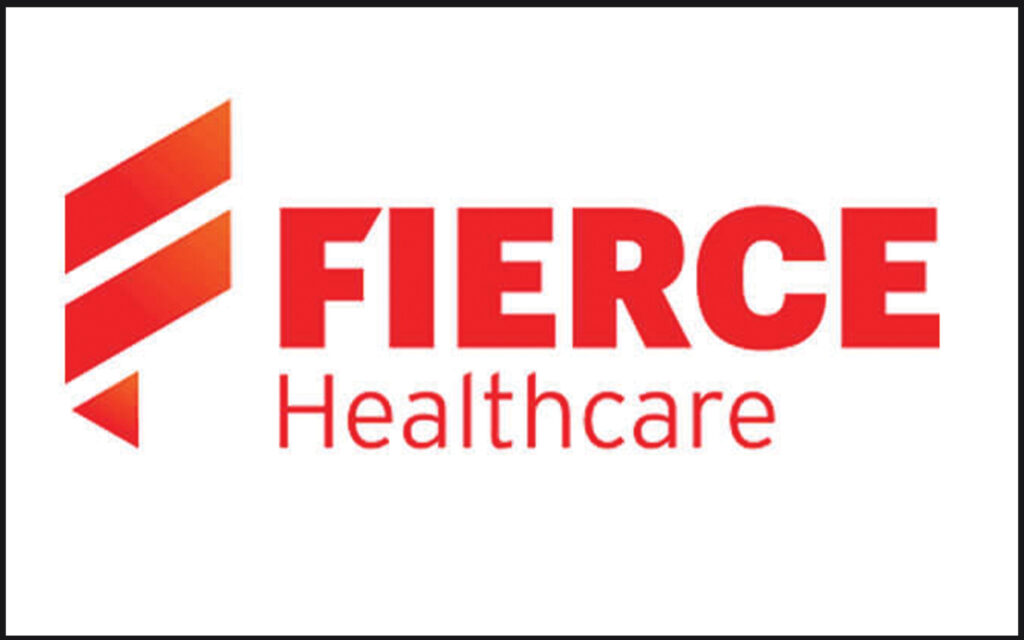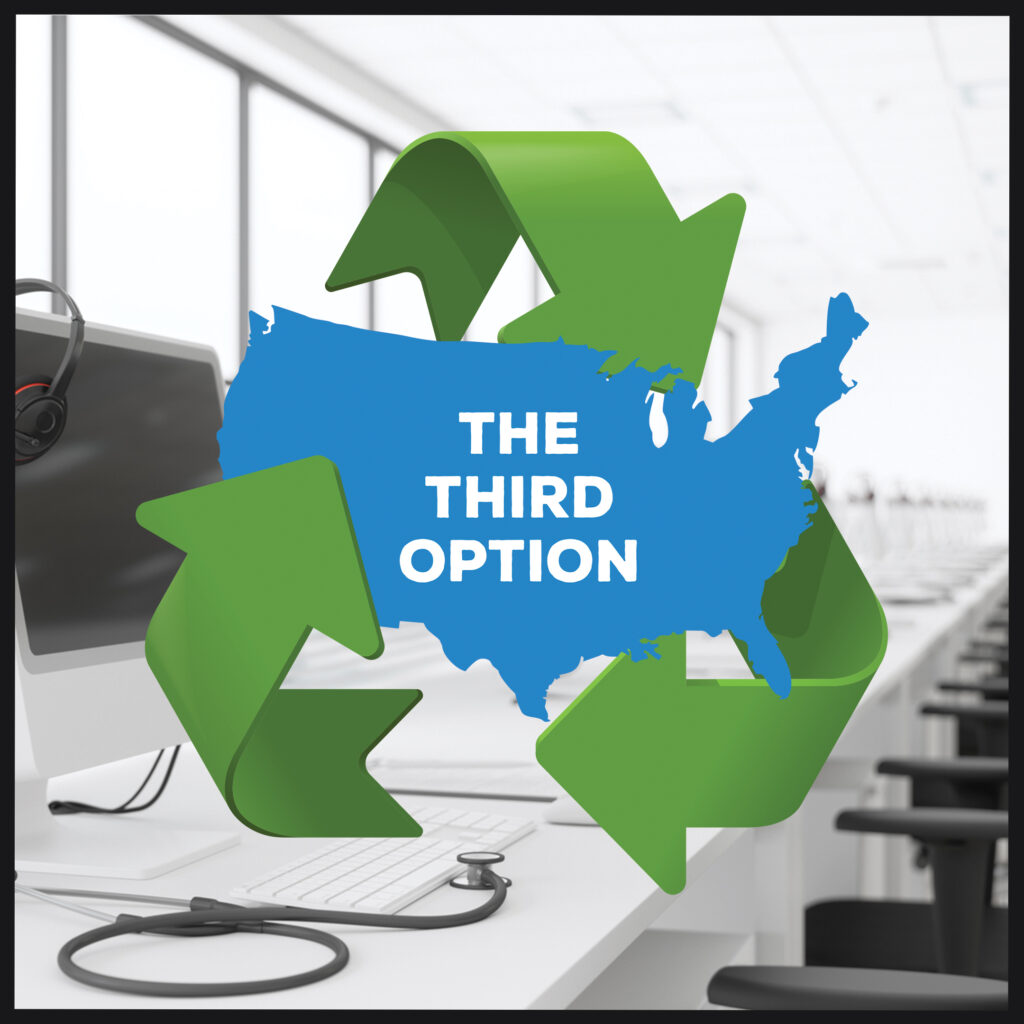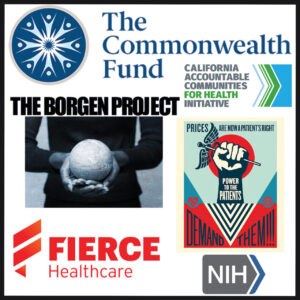The bloodiest battles in the war between Democracy and Capitalism are being fought to secure those needs most essential to human existence, and one of those is our healthcare.

By Robert Simmons
A democratic version of healthcare would ensure that each person receives equivalent access to whatever care maximizes their opportunity for life, liberty, and happiness.
The mistake we make is to assume anyone is ‘entitled’ to automatically benefit from the labor of others, a ‘tradition’ that continues to underpin our economic arrangements; until the principles of Democracy are allowed to guide our decision-making, ‘entitlement’ will remain the slippery slope where America slides back and forth between Capitalism and Socialism
Democracy’s mandate is to provide each person an equal opportunity to exert their will toward self-actualization (to realize the best version of themselves), and in this process, healthcare (like education) is a ‘reciprocal obligation’ we must confer upon each other ‘up front’.
To avoid the ‘entitlement’ of one group over another, it would be necessary to share costs when they involve ‘normal maintenance and repair’ but shift costs to the individual—through various insurance or excise taxes—for all self-inflicted ‘damage’ incurred along the way.
Without this kind of accountability, justifiable arguments for entitlement could be raised by either side. The Third Option has placed various ‘health taxes’ and ‘insurance’ on goods and services with statistically proven health risks, in order to collect (ahead of time) for the after-effects of America’s excessively self-destructive proclivities.
Self-destructive behavior is a predictable negative externality within a Capitalist paradigm, but it is only one factor that has helped catapult American Healthcare to the top of the financial charts. When something is damaged beyond repair, healthcare professionals generally look to replace it; before we replace U.S. Healthcare, however, it would be best to first assess just how damaged it really is.
How the U.S. Stacks Up Against Other Healthcare Systems

The Commonwealth Fund compared the health care systems of eleven high-income countries in terms of their performance; they measured five key phases: access to care, the process of care, administrative efficiency, equity, and health care outcomes.
The U.S. ranked dead last in all categories accept ‘process of care’ (for which it ranked second overall).
The Commonwealth Fund does this work in the hope countries will take the best of each system and incorporate it into their own; as this is our purpose as well, we will utilize their findings throughout this article.
The U.S. stood out immediately for its much higher spending and much lower performance rating; nevertheless, here are some of the positive discoveries:
- Americans have a better chance to discuss their health details with their provider, and
- From mammography screening to influenza vaccinations, Americans get relatively better preventive care than several other countries.
On the negative side:
- U.S. insurance can restrict patients from getting access to many medications and treatments doctors would otherwise recommend,
- Americans must fill out more paperwork than anyone else,
- Americans will go to emergency rooms for non-emergency treatment, just to be seen the same day,
- Access to care is clearly income-based, and
- Americans are last in health care outcomes, such as infant mortality rate (5.7 deaths per 1,000 live births) lowest life expectancy at age 60 (23.1 years), preventable mortality (177 deaths per 100,000 population) Maternal mortality ( 17.4 deaths per 100,000 live births) and the 10-year trend in avoidable mortality (over a 10-year period, the U.S.—already the worst in this category—was only able to reduce deaths by 5 percent, compared to a 25% drop by Switzerland, for example, or a 24% decrease in Norway).
The Commonwealth Fund concluded that the gap between U.S. healthcare performance and the other ten countries in the study was a product of four specific factors:
- The U.S. is the only country without universal coverage, and therefore has no mechanism to control costs, which is one factor leading to disparities in health care coverage,
- The U.S. is the only country that does not “invest in primary care systems to ensure that high-value services are equitably available…in all communities…reducing the risk of discrimination and unequal treatment;” this is another factor in health inequity,
- The U.S. administrative system is a burden on patients, and through its inefficiency, further raises overall healthcare costs, meanwhile dissuading the most vulnerable from seeking necessary care, and
- The U.S. system invests little in social services, “especially for children and working-age adults;” these include “nutrition, education, child care, community safety, housing, transportation, and worker benefits that lead to a healthier population and fewer avoidable demands on health care.”
Two other inequities were also highlighted:
- The U.S. does not prioritize maternal health as much as other countries, who “ensure continuity of care from conception through the postpartum period, including midwife-led models” (add to this several “support benefits” such as “parental leave”), and
- The U.S. has a significantly smaller workforce in place to monitor American’s mental health (it should be noted that countries like Norway even have a much larger pool of physicians relative to their population, and have them more evenly dispersed geographically as well).
Higher rates of suicide in the U.S. — rates that have increased every year since 2000 — could be addressed by expanding the capacity of primary care to diagnose comorbid mental health conditions and provide early intervention and treatment.
The Commonwealth Fund
Many top countries in the Commonwealth Fund’s study (the Netherlands, Sweden, Australia) include a mental health practitioner on the primary care team for their communities. The U.S. is also lagging in early childhood education, or protections for single parents or unemployed workers; all of these uncertainties put a further strain on an individual’s mental health.
This all points to the realization that maintaining good health is multi-dimensional, and an infrastructure is needed to encompass all the factors necessary for positive health outcomes.
Accountable Communities for Health is an organization attempting to bring together schools, social services, and both public and private health providers in order to improve health outcomes in underserved communities.

The Commonwealth Fund is encouraging these ACHs to solidify their commitment around measurable health equity goals, to ensure their impact is maximized.
Politicizing healthcare, in order to make even simple changes, is now the best and only tactic available in American Democracy’s healthcare battle with Capitalism, and underscores how U.S. government has quietly slipped from the grasp of its people.
The U.S. population is sicker on average than the populations of other high-income countries, with a high prevalence of chronic conditions like obesity, diabetes, heart disease, and respiratory ailments. This disease burden, coupled with insufficient access to care, partially explains the shorter and declining life expectancy in the U.S. compared to other countries.
The Commonwealth Fund
Although the report points toward ‘quality of care’ to control these poor outcomes, the answer really lies in adopting proactive rather than reactive types of care; even the study admits that U.S. healthcare shows up “too late” for people who incur “chronic illnesses, mental health issues, or substance abuse disorders.”
The reality is that no one is immune to these issues; that being said, systemic inequality in the U.S. puts excessively more weight on the shoulders of those at the bottom of the financial hierarchy, then follows it up with inadequate access to service in these very same communities.
This is completely predictable in a model based on profit, and completely unacceptable in a model based on Democracy. From these findings, let us choose four goals to improve U.S. Healthcare.
Care Must be Universal
The U.S. remains the only high-income country lacking universal health insurance coverage. With nearly 30 million people still uninsured and some 40 million with health plans that leave them potentially underinsured, out-of-pocket health care costs continue to mar U.S. health care performance.
The Commonwealth Fund
As previously stated, the U.S. healthcare system currently has no effective mechanism in place to set the price of basic procedures.
- For instance, the cost of a basic MRI will fluctuate, depending on whether it is performed with or without insurance, or whether the procedure is performed in an ‘inpatient facility’ (like a hospital) or an outpatient facility.
- Currently, the cost of MRIs in the U.S. range from a low of $186-$276 to highs between $1100-$1400.
Europe’s Single Payer Universal Healthcare System

In Europe, An MRI in an Austrian hospital costs the same as one done in a Swiss outpatient center.
How does a ‘universal’ system work?
As an example, 75% of Austria’s healthcare system is funded using public taxes; if people wish more coverage, private practitioners are available.
For those who choose a private option, the government mandates that private insurers cannot drop their patients should they become ‘more expensive’ to manage (assuring life-long healthcare); specifically, private healthcare services can only be terminated by the individual.
The Borgen Project rates Austria as having the highest bed/patient ratios in Europe (with all hospitals and medical centers well-staffed); it also offers the lowest cost for pharmaceutical drugs—nearly 19% lower than the rest of Europe. Maternity health coverage is one of the four specific areas the Austrian system is mandated to fund, along with “precautionary and therapeutic aid.”
While U.S. and Austrian healthcare systems are driven by different motives, they do share a common issue, which is high death rates due to cardiovascular disease and cancer. For Austrians, the problem is tobacco (and alcohol) more than any other factor. “Compounding the issues created by Austria’s permissive smoking policies, the price of tobacco in Austria is some of the lowest in the European Union. According to the 2013 Tobacco Control Scale, Austria ranked the lowest for control of tobacco of any European Union country.”
For Americans, obesity can also be added to the mix of factors ruining our health. America is ranked 34th globally in terms of life expectancy, but this number is also a consequence of socio-economic inequality; in America, patients pay “out of pocket”, meaning those who are poor are less-covered. Meanwhile, American mental health care is a luxury only the wealthy can afford, so there is no real way to prevent the health degradation of the financially underserved. Now that proof exists that the trauma of the past can be transmitted genetically to future generations, the U.S. will no longer be able to separate capitalism from racism in the healthcare debate.
Austrians must pay 28% of their health care ‘out of pocket’; the rest is covered with health insurance taxes taken directly out of employee salaries. In 2020, employees had 18.12% taken out of their paychecks, with their employers adding an additional amount equal to 21.32% of each employee’s paycheck. Because Austria allows private insurance (called ‘special’ or comfort class), many residents pay the extra price to have access to top doctors, or to private hospital rooms (public hospitals often have several patients per room).
Takeaways
A Single Payer Universal Healthcare System will cost more for the taxpayer, will provide complete coverage and hire more doctors and staff to this end, plus allow those with extra money to buy extra special treatment if they desire.
Meanwhile, government will be charged to keep the price down as low as possible for the taxpayer.
Finally, though the private sector continues to spread the alternate fact that wait times are longer in universal systems, the data shows that the opposite is usually the case.
Care Must be Preventive
Insurance companies will cover the cost of a diabetic’s amputation, yet they usually won’t pay for nutritional counseling that could prevent or minimize the negative health effects of diabetes.
Christopher Wanjek
In order to keep costs as low as possible, it is necessary to prevent people from getting sick as much as possible, rather than reactively attempting to patch them up after they have already been damaged.
Reactive medicine is extremely profitable, and thus a logical strategy in a profit-driven healthcare model; when healthcare becomes truly patient-centered, however, preventive care becomes more logical for both the physical and financial well-being of the patient.
Japan: Preventive Versus Reactive Care

Japanese citizens enjoy a longer life expectancy than anyone else on the planet, which should be the number one goal of all human health care.
The Japanese system achieves this through preventive medicine, which they whole-heartedly embrace because it also reduces health costs.
Their ministry of health focuses attention on controlling “diabetes mellitus, hypertension, and lipid metabolism disorder, mainly through the modification of people’s lifestyle habits…to prevent cardio- and cerebrovascular disorders that severely impair vital prognosis and quality of life.”
Once citizens reach 40 years of age, checkups are initiated to detect any early signs of “lifestyle-related diseases”. From there, guidance is given in the hope of curbing the onset of disease later in life.
Only 8% of Americans are exposed to the recommended types of preventive care they need because helping people stay healthy is simply not profitable in a profit-based model.
In U.S. healthcare, people are customers—not patients—and this is why the price of American Healthcare is expected to reach $6.8 trillion by 2030.
As other essential needs (like housing, transportation, food, education, communication, etc.) also rise, the private sector’s bubble will surely burst; unfortunately, as we witnessed when the 2008 housing bubble burst, the wealthy simply relieved the lower middle class of their assets, and the economic inequality expanded further. If the people finally decided to raise their only weapon –Democracy—and defend themselves, they best be ready for all-out war.
Victory can only be achieved through mounting an organized campaign on all ‘essential needs’ fronts, because America’s problem is systemic; each issue represents a different head of the same beast.
Not only is Japanese medical care preventive and affordable, it is also easily accessible to all citizens, as well as resident non-citizens; only undocumented immigrants and visitors are not covered in this system. Government splits the bill with each patient—typically it pays 70% and the patient pays 30%.
This “statutory health insurance system (SHIS) covers 98.3 percent of the population, while the separate Public Social Assistance Program, for impoverished people, covers the remaining 1.7 percent.” According to the Borgen Project, 59% of Japanese residents are covered through employment-based plans.
Like our U.S. payroll tax, workers will have 5% taken off the top of their salary, and businesses will match that amount in order to create a pool of money for this system.
27% of the population is under 75 years of age, and currently non-employed; another 12.7% is over 75 years of age. These two groups are covered under “residence-based insurance plans.” The system is based on fees for ‘services rendered.’ The government sets the fee for every procedure, so wherever the service is rendered, the fee remains the same for the patient.
Government subsidies are designed to cover a larger portion of these fees for poor and elderly citizens, so doctors receive the same amount of money per patient regardless of who they treat. For this reason, physicians tend to locate in rural settings that are “less stressful,” since they get paid the same no matter where they practice, rather than congregate in cities, when a profit-based system would surely lead them.
Because government has an incentive to keep costs down, preventive care is emphasized over a purely reactive care paradigm.
Two-thirds of the medical staff have been trained in public medical schools, and doctors earn an annual salary of $181,680 on average. Patients typically do not have one dedicated ‘family physician’ but instead go to specialists based on their specific ailment. Japan is rethinking this, as their population is aging; perhaps having general practitioners for higher-risk patients would be more cost-effective.
The other weakness Japan is addressing is the lack of ‘gatekeepers’ who can redirect people to the proper care; often, patients with non-life-threatening conditions inundate hospitals just as they do in the U.S., putting “a disproportionate burden on healthcare workers, and [reducing] efficiency and quality of care.”
Some of the services covered under this government plan are “hospital visits, primary and specialty care, mental health care, approved prescription drugs, home care services (provided by medical institutions), hospice care, physical therapy, and most dental care.” It is interesting to note that government will subsidize hospitals to keep people ‘on staff’ after hours, making sure there is enough coverage during those times; staff members who stay after hours receive this extra money in addition to their regular salaries.
According to the Commonwealth Fund, 84 percent of Japan’s universal health care was publicly financed: 42 percent through employment contributions, the other 42 percent by taxation.
The remaining 14 percent was covered through “out-of-pocket charges.” In essence, half the cost is covered by a payroll-type tax equal to 10% of annual income, and the other half is covered through individuals paying 30% of every procedure they utilize.
Care Must be Affordable
The U.S. insurance companies should be sued in superior court for practicing medicine without a license; every day they make a patient’s health care decisions without ever seeing a single one of them.
doctor, protected under doctor / patient privilege
Neither doctors nor patients know how much patients will be charged for services rendered in any healthcare setting until after the fact; to address this, the Department of Health and Human Services (HHS) “released final rules establishing price transparency requirements for healthcare services” in 2021, though hospitals have fought it, and most still remain non-compliant.

Organizations like Power to the Patients are working to inform patients of their rights to transparency, and though around 30% to 40% of healthcare spending is for products and services that could be scheduled in advance, the reality is that patients will need to do all the leg-work to find any better deals, and may be disappointed to discover many of these deals fall outside their particular network.
Meanwhile, some critics fear this transparency may only uniformly raise prices within the healthcare field, as it has in the housing market.
A health care revolution of sorts is happening in Charlotte, North Carolina, as a second large group of physicians has now broken away from the hospital systems in their area to form ‘independent’ medical groups, each vowing to provide ‘medical care for less’. The prices in Charlotte are well above the national average, and independent groups could be another way to ‘competitively’ bring these prices down.
The reality is, however, that hospitals are buying up physician practices faster than physicians can break away. In order to compete, independent groups typically need to be fairly large (the two groups mentioned have 88 and 42 doctors, respectively); groups with less than 20 doctors have trouble keeping up with the technology needed to compete, and more often than not wind up getting absorbed by these giant hospital conglomerates.
It is important to note that all the systems mentioned so far currently incur government debt.
The Third Option system differs in two specific areas, in order to address this.
- First, it employs a National Public Bank to equitably build healthcare infrastructure in every community, with costs deferred through mortgage payments (covered by resident healthcare premiums) that ultimately come back to the community members in retirement pension income.
- The second difference is that The Third Option would collect taxes on the products and services that exacerbate the chronic health conditions that drive our high U.S. health costs.
Americans are addicted to risky behavior, so to spread out the annual cost to treat chronic illnesses, a few dollars attached to things like cars, gasoline, alcohol, cigarettes, guns, meat, food additives, trans fats, etc., will help keep the government from going over budget while potentially nudging citizens to curb more extreme usage of these products.
Best Practices Must be Shared
No country stood out at achieving good communication between the primary care and hospital, emergency department, and home-based care provider or coordination with local social services providers.
Commonwealth Fund Report
Whether in a competitive or cooperative market, communication is still lacking between all the health providers within the systems discussed. In competitive systems, this problem is exacerbated by intellectual property rights laws (patents) and by patient-protection laws that generate an exorbitant number of malpractice lawsuits.
“Non-Disclosure Agreements are not good for medicine or for patients.
They are not good for medicine because when mistakes are kept secret, no one can learn from them and doctors and nurses are doomed to repeat them over and over. They are not good for patients because when you are choosing a doctor or hospital, you ought to be able to know if they have been accused of malpractice and whether there was a basis for the allegation.” –attorney Bill Sandweg

The Third Option proposes we build a new communication grid through our National Public Bank, providing the entire country with fiber optic precision at only a few dollars a month, when paid for through a 30-year bank loan.
With this grid, citizens and communities could be connected to an amazing number of essential services, including healthcare.
Innovation and best practices could be shared, as well as errors in procedure that should not be repeated. People would have easier access to all areas of health care, and an online gateway could be utilized, to ensure patients go exactly where they need to go, with minimal wait times.
Conclusion
We all know the healthcare system is broken. You want to make change, but we are trying to move against huge financial institutions, and they are in charge.
medical researcher
Talk candidly with U.S. doctors and nurses, and no one will defend the current system ‘as is’.
Researchers will cite that 80% of cardiovascular disease can be prevented, and these numbers are likely similar among cancer patients as well, as Americans are constantly exposed to preservatives, chemicals, stress, and various forms of pollution.
People are already sick by the time they are diagnosed; the misery is measured in U.S. dollars.
One doctor mentioned how people were once able to wear down the tobacco industry, who denied it caused lung cancer for the longest time before finally acquiescing.
Similarly, car manufacturers had no incentive to add safety equipment to their vehicles until Ralph Nader declared that cars were Unsafe at Any Speed, which led to the federal government creating the Department of Transportation just one year later.
Some might argue that those days are gone. Sir Alexander Fleming once gave penicillin to the world for free; Banting, Collip, and Best gave insulin to the world for a dollar.
Capitalism brags that their money is the reason for great innovation, but it is science that is ultimately responsible, and scientists are motivated by pursuit of their own self-actualization.
If we gave science the time and resources to innovate PSMA-targeted therapy for prostate cancer, mRNA vaccinology for viruses (which we actually did), LDL reduction treatment for cardiovascular disease, or new injectable GIP / GLP-1 treatment for diabetes, they would do it for us, then We the Taxpayer would own the patents, and control the price we charge ourselves for these life-saving technologies.
Instead, it is often We the Taxpayer that foot the bill for innovations like these, which are subsequently handed off to the private sector, only to be significantly marked up and sold right back to us. Someday, when sustainability becomes imperative, and ‘effective’ and ‘efficient’ move from catchwords for maximizing profit to necessary survival strategy, people will finally see capitalists as superfluous middlemen; the arc of human self-interest has indeed been long, but it will eventually bend toward Democracy; the sooner we embrace this, the sooner we will begin to reap the benefits of it.

 The Dictator’s Handbook by Bruce Bueno de Mesquita – a Book Review
The Dictator’s Handbook by Bruce Bueno de Mesquita – a Book Review